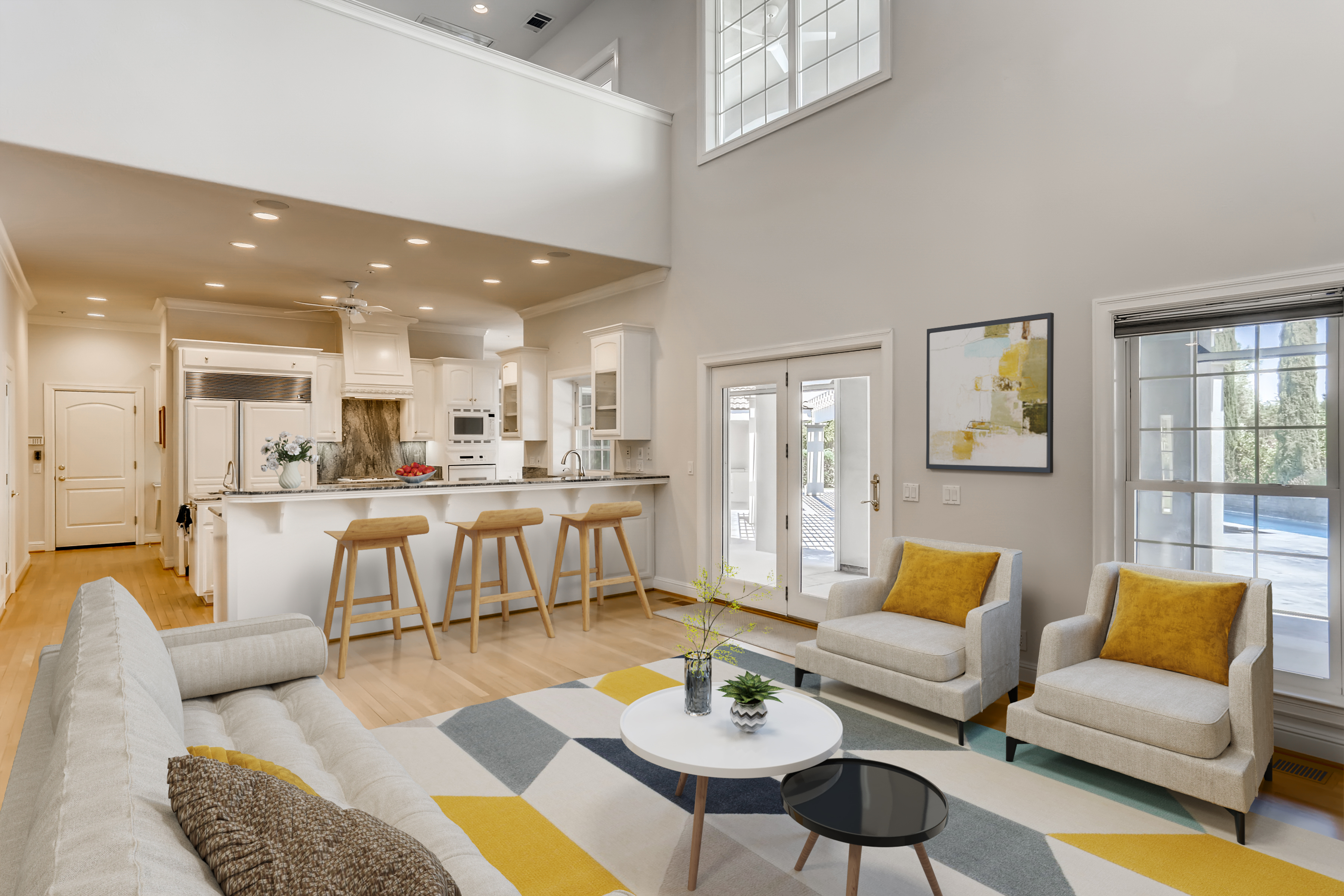Selling Spaces Smarter: How Virtual Staging is Shaping the Future of Real Estate
In a rapidly evolving real estate landscape, presentation is everything. The digital age has transformed how homes are marketed, with online listings becoming the first point of contact for prospective buyers. In this context, virtual staging for real estate has emerged as a powerful tool that not only enhances listing appeal but also accelerates the selling process. This innovative approach allows real estate professionals to showcase properties at their best—quickly, creatively, and cost-effectively.
Virtual staging involves using graphic design and 3D rendering software to digitally furnish and decorate photos of empty or outdated spaces. Instead of physically renting furniture or hiring interior decorators, agents and homeowners can now rely on high-quality digital enhancements that make a vacant room look like a beautifully designed home. This creates a strong emotional connection for buyers, helping them visualize themselves in the space even before stepping foot inside.

One of the main advantages of virtual staging is its affordability. Traditional home staging can cost thousands of dollars per property, especially when dealing with larger homes or extended listing periods. Virtual staging, by contrast, offers similar visual impact at a fraction of the price—usually between $30 and $100 per image. For budget-conscious sellers or developers managing multiple listings, this solution offers an attractive return on investment without compromising on visual appeal.
Speed and efficiency are other key benefits of virtual staging. Preparing a property for traditional staging can take days or even weeks, depending on availability and logistics. Virtual staging, however, can be completed in just 24–72 hours. This fast turnaround is ideal in fast-moving markets where time is of the essence. Sellers can go live with a polished, professional listing almost immediately after photographs are taken, gaining a competitive edge over slower-moving competitors.
Another noteworthy benefit is design flexibility. Virtual staging allows for a wide range of interior styles and layouts tailored to the property’s audience. Whether you're marketing a sleek urban condo or a rustic countryside home, designers can apply the right aesthetic to attract your target buyer demographic. You can even stage the same room in multiple styles to test what resonates best with online viewers. This level of customization simply isn't possible with physical staging.
Despite its benefits, it’s essential to use virtual staging ethically and transparently. While the technique enhances a property’s appeal, the final images should not mislead potential buyers. Reputable agents disclose virtually staged images and refrain from altering structural elements such as flooring, wall finishes, or room dimensions. Being honest about staging helps build trust with clients and ensures that expectations align during in-person visits.
In summary, affordable virtual staging is redefining how properties are marketed in today’s digital-first world. It offers a smart, efficient, and cost-effective way to elevate listings, attract more views, and ultimately close deals faster. As more buyers rely on online platforms to discover their future homes, the importance of strong visual content cannot be overstated. Virtual staging bridges the gap between imagination and reality, helping buyers see the potential in a space and making it easier for sellers to stand out in a crowded market.
Comments
Post a Comment